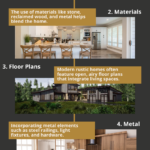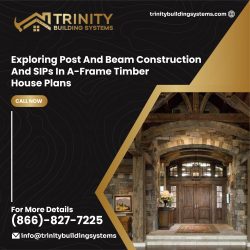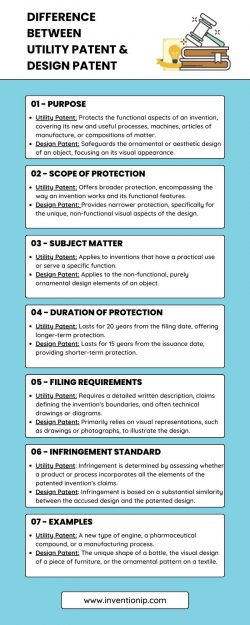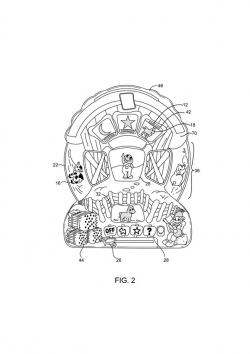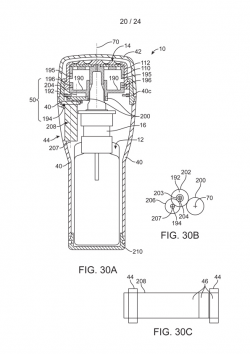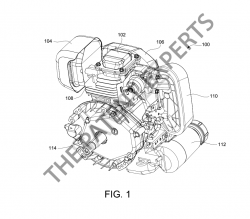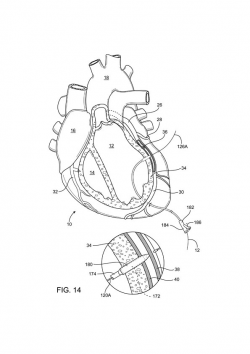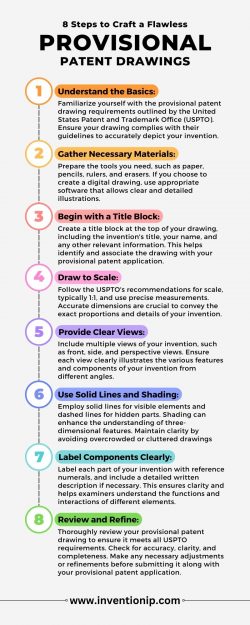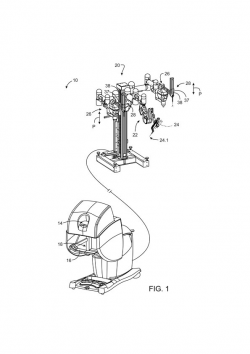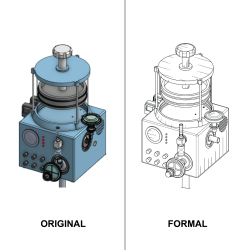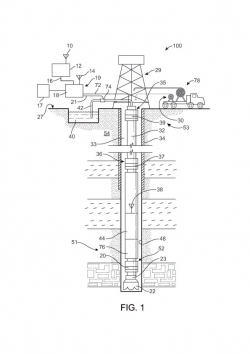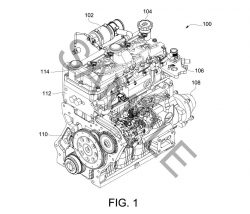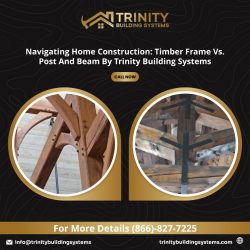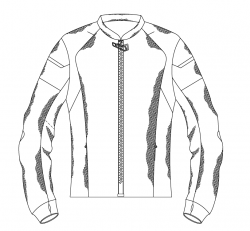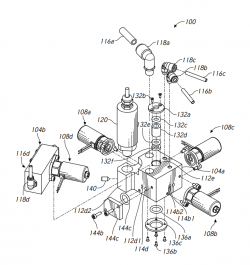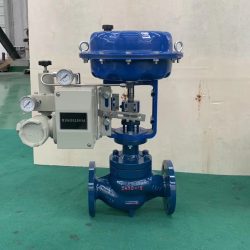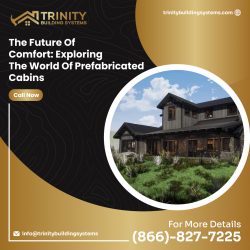Prefab Vs Modular Homes: Exploring Their Advantages
In recent years, there has been a surge of interest in alternative housing solutions that are efficient, cost-effective, and customizable. Two popular options that often come up in conversations are Prefab vs Modular Homes. While both these terms are used interchangeably at times, they are not exactly the same thing.
Understanding Prefab Homes
Prefab, short for “prefabricated,” refers to homes that are constructed off-site in a factory setting. The components of a prefab home, such as walls, floors, and roofs, are manufactured in a controlled environment and then transported to the building site. These components are then assembled to create the final home. Prefab homes come in various designs and styles, including traditional, modern, and even eco-friendly options.
The Advantages of Prefab Homes
Speedy Construction: Prefab homes are known for their fast construction. Since the components are pre-manufactured, the on-site assembly can be completed in a matter of days or weeks, as opposed to months for traditional stick-built homes.
Cost-Effective: Prefab homes often have lower construction costs compared to traditional homes. The controlled factory environment minimizes material waste, Modern Prefab Home Kits and the efficiency of the assembly process reduces labor costs.
Quality Control: Prefab homes undergo rigorous quality control checks during each stage of the manufacturing process. This ensures that the components meet strict standards, resulting in a high-quality final product.
Flexibility and Customization: Prefab homes offer a range of customization options. Buyers can choose from various designs, layouts, and finishes to suit their preferences and needs. Some companies even offer customizable modules that can be combined to create unique living spaces.
Understanding Modular Homes: Modular homes are a type of prefab home. The main difference between modular and other types of prefab homes lies in the construction method. Modular homes are built in sections or modules that are manufactured off-site and then transported to the building site.
These modules are then assembled on a permanent foundation to create a complete home. And on the other side, Modern Timber Frame Homes are also considered to be one of the best options these days. As they are flexible and offer great versatility, thus you can also opt for timber frame homes.
The Advantages of Modular Homes
Design Flexibility: Modular homes offer a wide range of design options, allowing buyers to create unique layouts and floor plans. Modules can be combined and stacked in different configurations, making it possible to customize the home according to specific requirements.
Quality Construction: Similar to prefab homes, modular homes undergo strict quality control measures during the manufacturing process. The controlled factory environment ensures precise construction and minimizes the risk of weather-related damage.
Energy Efficiency: Modular homes are often built with energy efficiency in mind. The controlled manufacturing process allows for better insulation and sealing, reducing energy consumption and providing potential long-term cost savings.
Conclusion
Both prefab and modular homes offer unique advantages and disadvantages. Prefab homes are known for their speed of construction, cost-effectiveness, and quality control, while modular homes provide greater design flexibility and energy efficiency.
Ultimately, the choice between the two depends on individual preferences, budget, location, and specific housing needs. Regardless of the option chosen, it’s crucial to work with reputable manufacturers and builders to ensure a successful and satisfactory outcome for your new home.
By getting in touch with the experts such as Trinity Building Systems, you can actually get the best services. You can also visit Trinity Building Systems for information such as what are SIPs and advantages of timber frame and other plans for different types of home construction.




